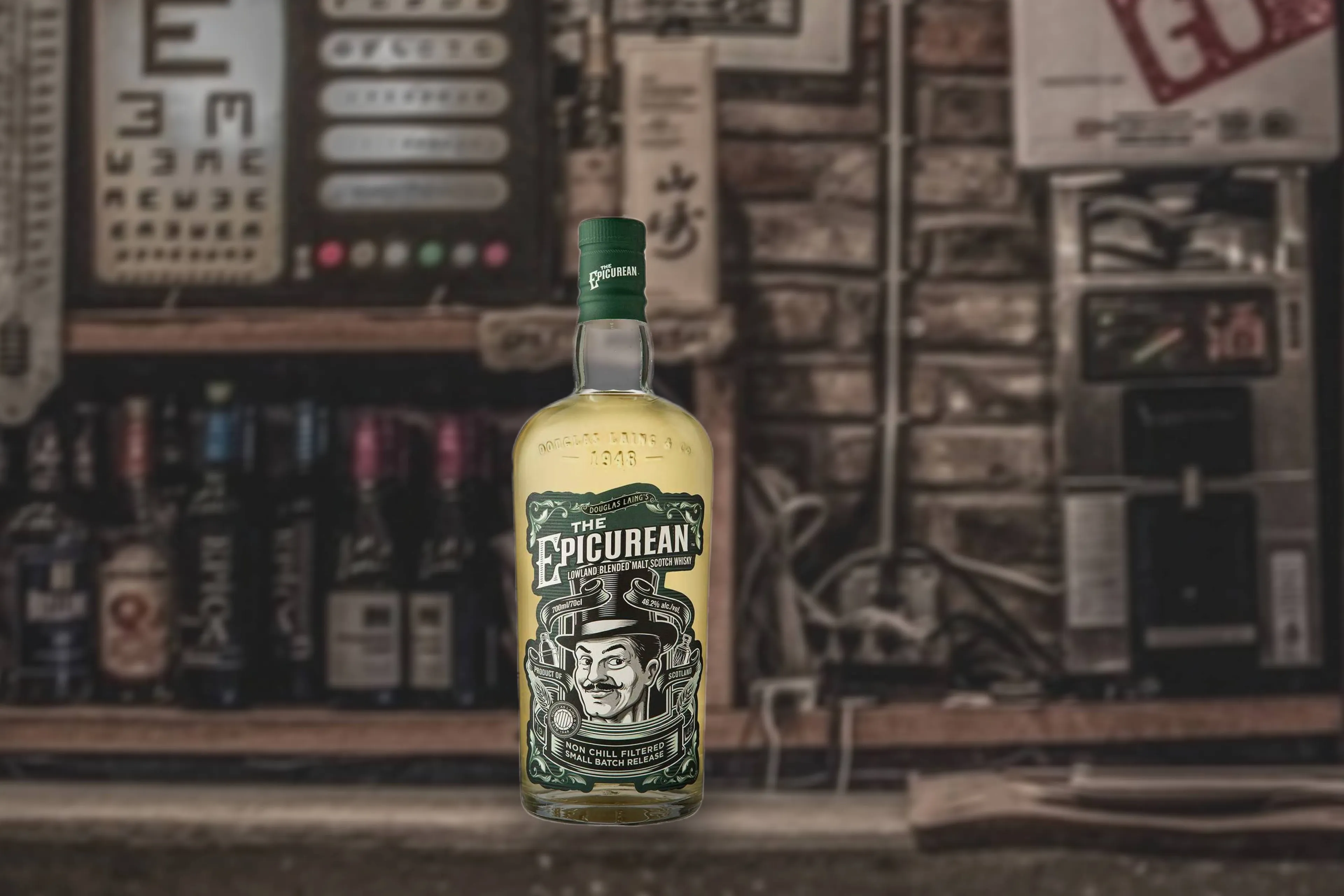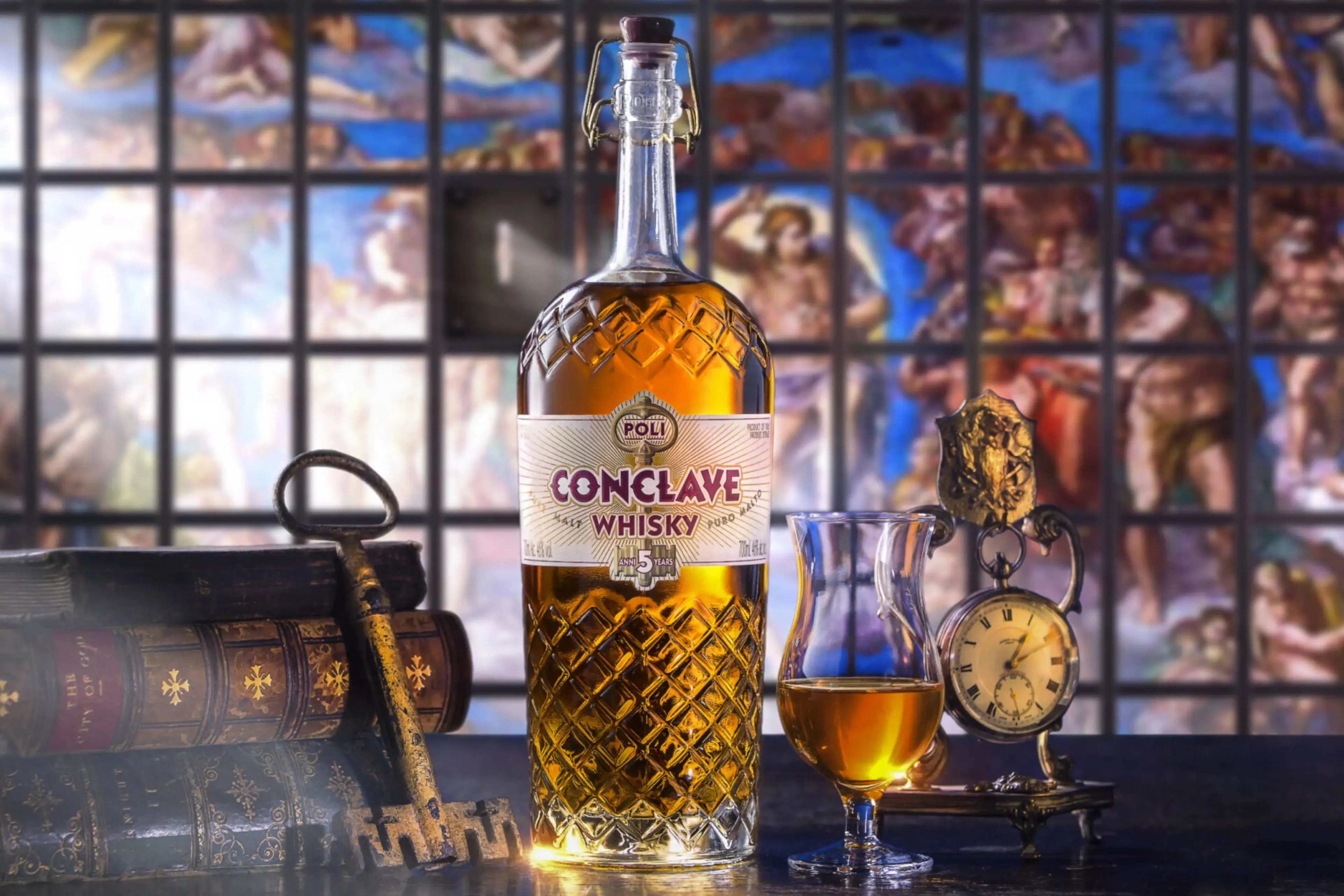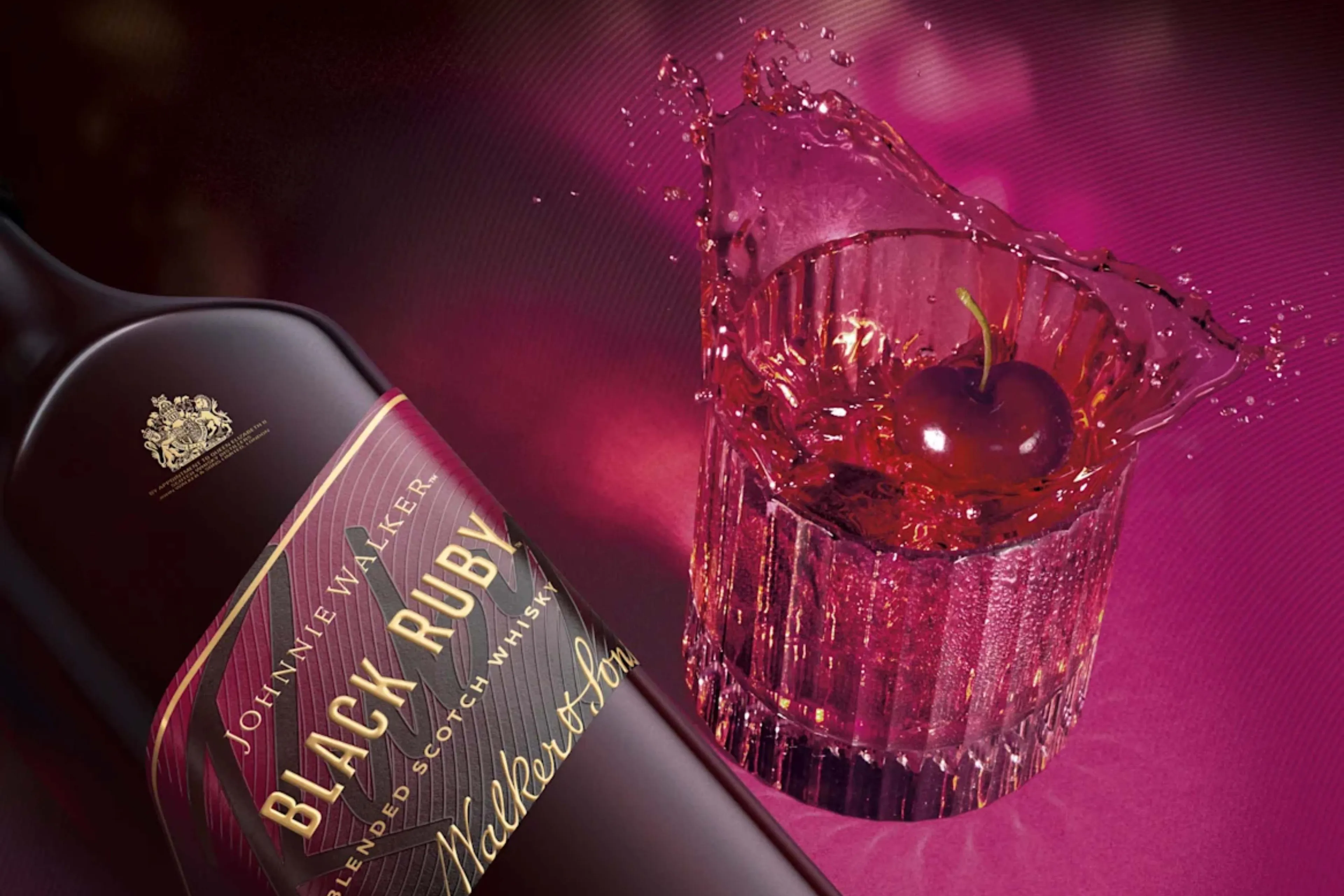Distillery Thursday: Glen Scotia and the Fall of the World’s Whisky Capital
SectionsThursday, 20 November 2025 at 15:02
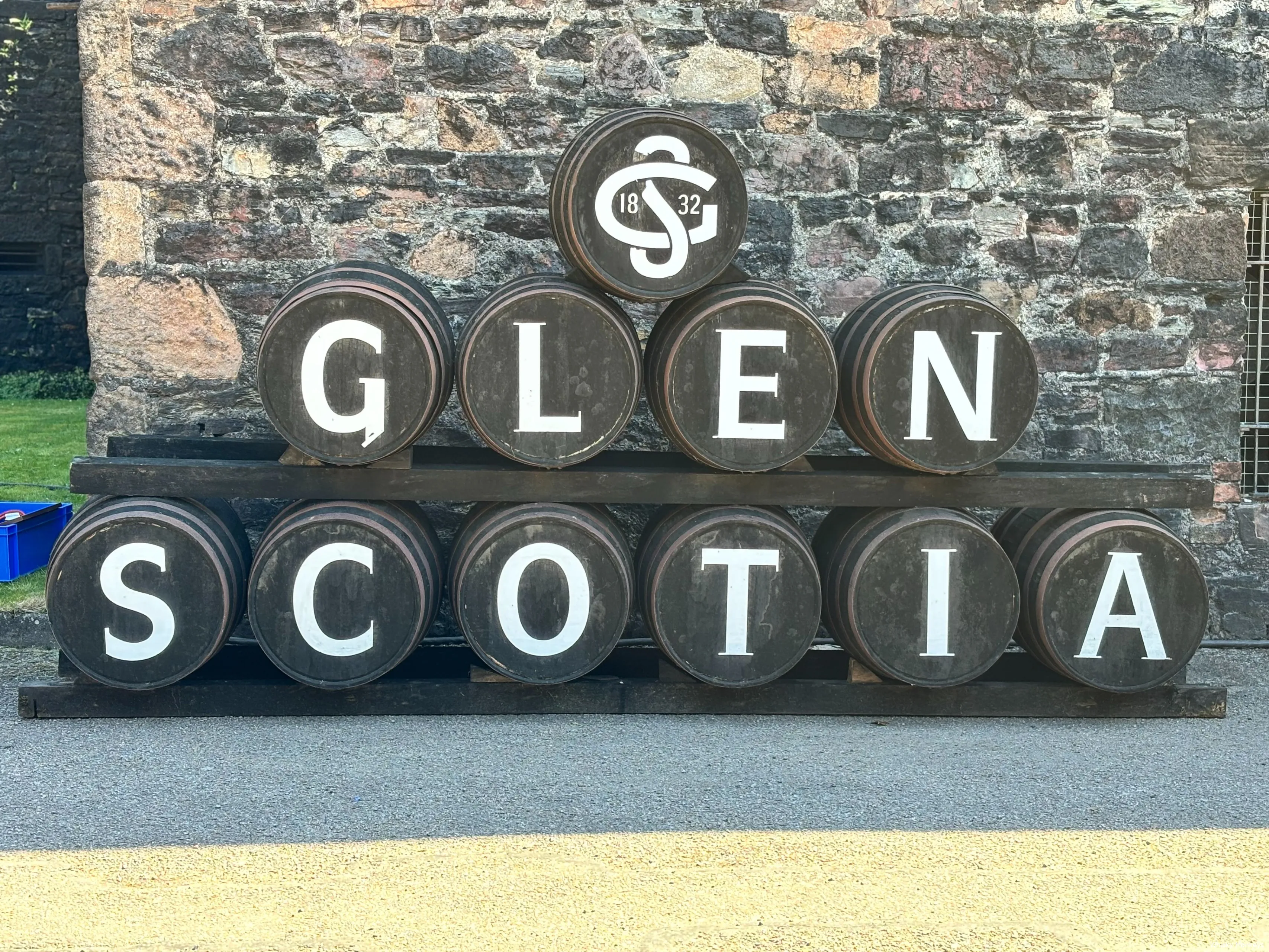
Campbeltown was once the whisky capital of the world. The Scottish region boasted dozens of distilleries, and there was always a sweet hint of the water of life drifting through the air. Today, only a handful of distilleries remain. This is the story of one of those three icons: Glen Scotia Distillery.
A whisky paradise
Let’s step back to 1832 on Scotland’s Kintyre peninsula: a kind of paradise for whisky makers. Everything needed for the nectar of the gods is right there: barley, peat, ample fuel, and, being a peninsula, an abundance of water.
It’s no surprise the small town already housed numerous stills. James Steward, together with John Galbraith, founded a company called Steward Galbraith & Co. and established a distillery: Scotia Distillery, named after the Latin word for “Scotland.” (It would be years before the name Glen Scotia became official.)
They didn’t yet have a license to distill, but it followed in 1835. This made the distillery one of the first in Scotland to legally produce whisky after the Excise Act of 1823.
The fall of the whisky capital of the world
Although the founders didn’t tend the distillery for long, Scotia remained in the Galbraith family for years, until 1919, when it was sold to West Highland Malt Distillers. Their plan was to bring together six Campbeltown distilleries to share costs.
The plan failed, and by 1924 West Highland Malt Distillers collapsed. The money had run out and Scotia’s owner went bankrupt. Fortunately, the doors stayed open when Duncan McCallum, former director of West Highland Malt Distillers, took over. Meanwhile, distilleries across the region were shuttering.
Campbeltown’s distillery count fell from over 30 to fewer than ten. The world’s whisky capital was no longer the largest by numbers and even risked losing its status as a whisky region altogether.
Though Scotia’s new owner had a keen nose for business (he also owned Ben Nevis Distillery), he was dealt a devastating blow. One of his deals turned out to be a scam, reportedly costing McCallum his entire fortune. He took his own life in Crosshill Reservoir, the very source of lifeblood for many Campbeltown distilleries.
The birth of Glen Scotia
Scotia closed and changed hands again. The new owner, Glasgow blender Bloch Brothers, had the stills running by late 1933. They also coined a new name for the distillery, first used in 1939: Glen Scotia.
While “Scotia” still nods to Scotland, the addition of “Glen” Gaelic for “valley”, turns the Campbeltown distillery’s name into “Valley of Scotland.”
As one of only three working distilleries in the region, Glen Scotia seemed poised for a bright future. In the years after reopening, thousands of liters of spirit flowed from its stills. Times were good in Campbeltown, but darker days were still to come.
Revolving doors
Fast forward to 1954. Glen Scotia had entered a turbulent era, with owners coming and going as if the place had revolving doors. That year, Bloch Brothers sold the distillery. The Campbeltown whisky maker was acquired by Canadian company Hiram Walker, which soon decided the distillery didn’t fit its portfolio.
Within a year, it was sold again, this time to A. Gilles & Co. Distillers, owners of Littlemill Distillery. Under A. Gilles & Co., Glen Scotia underwent renovations. Then came another blow: the parent company was taken over, a new owner stepped in, and in 1984 the distillery was shut down.
Thankfully, the closure lasted only five years before the stills were fired up again. But it wouldn’t be the last time the lights went out in Campbeltown.
A ghost distillery
In 1994, the distillery’s new parent company, Gibson International, went bankrupt. Ownership changed once more, this time to Glen Catrine Bonded Warehouse (a subsidiary of Loch Lomond). They immediately shut the doors and began selling off the remaining stock bit by bit.
For years, Glen Scotia seemed like a ghost distillery, where the lights flickered on only occasionally. Inside, they tinkered now and then with new make spirit. It wasn’t until 2000 that Loch Lomond Distillery decided to reopen Glen Scotia for good.
The stills are dusted off and fired up again by the Loch Lomond team, and slowly the casks begin to fill once more. In 2007, new leadership arrives in the form of Iain McAlister. A former engineer, he swaps a technical career for a passion for the water of life.
The return of the Campbeltown funk
It proves a masterstroke. McAlister leaves nothing to chance and throws himself into optimizing everything, from the two stills that shape the spirit to the grain bill itself. Every detail has to be right. One element McAlister considers absolutely essential is the distinctive “funk” in his whisky.
He and his team achieve it through a long, intensive process of testing, setbacks, and breakthroughs. A key part of the success is an extraordinarily long fermentation time, averaging 128 hours. Glen Scotia ferments longer than any other distillery. With a small team of just 14 people, he builds a new core range, and in the years that follow production steadily increases.
In 2021, the hard work of McAlister and the Glen Scotia team pays off. That year, the Campbeltown distillery takes home the San Francisco World Spirits Competition “Best in Show” award for the Glen Scotia 25 Years Old expression. It also wins Scottish Distillery of the Year at the Scottish Whisky Awards. It’s rare for a distillery to claim both accolades in the same year.
And that’s not all: less than a year later, Victoriana wins two awards, Best Scotch Whisky 2022 at the Online Scotch Whisky Awards and Best No Age Statement Whisky 2022 at the World Spirits Competition.

A look to the future
At present, the romantic distillery produces around 700,000 liters of spirit per year. That’s about the limit of what Glen Scotia’s two copper stills can handle. The future plans of McAlister and his team aren’t yet clear.
What is clear is that the spirit itself comes first for McAlister, and the team will do everything they can to delight whisky lovers, both with exceptional quality whisky and with a memorable experience on every tour. Because everyone is welcome to visit this romantic distillery and take a look behind the scenes.
Read also
loading
POPULAR NEWS
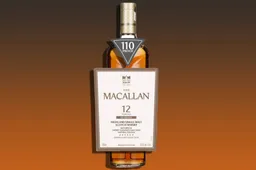
The Macallan Releases a Whisky Bottled at a Remarkably High ABV
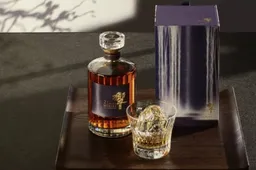
Black Friday 2025 Whiskies at The Whisky Exchange: Don't Miss These Deals
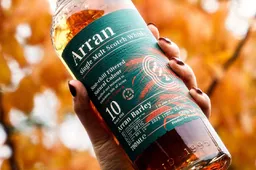
Arran Launches a New Whisky Series with an Exceptionally Fruity Single Malt
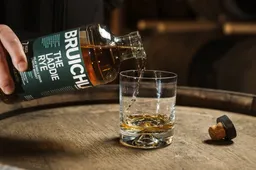
Bruichladdich debuts a new rye whisky, but you won’t find it everywhere

Is Whisky Still a Smart Move in 2025? 5 Reasons It Still Makes Sense
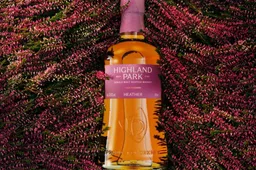
Highland Park's Latest Whisky is Both Floral and Formidable

The Hearach Whisky Gets a Stylish Twist, Courtesy of Sunspel
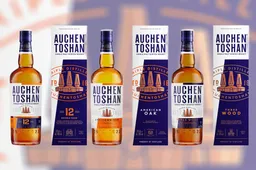
This Lowland Distillery gets a make-over for all it's whisky's
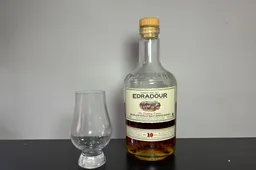
Edradour 10 Year Old Review: The Perfect Whisky for a Song or Two
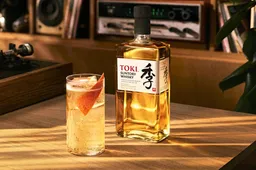
The 10 Best Japanese Whiskies to Gift (or Keep for Yourself)
LATEST COMMENTS
- Hi Yvonne, Thank you for your response and for sharing the video. Unfortunately, the evidence you referred to consists only of two people talking about the whisky, without any explanation or identification. We have not spoken to the individuals in the video ourselves, nor can we verify who they are. We describe it as a Chinese whisky because it is released by a Chinese distillery. As you mentioned, the distillery has chosen to label the product as “pure malt” instead of “Chinese whisky.” Based on that, we do not believe they are doing anything illegal.M0nkey16-11-2025
- So - you have the proof......where's your write up?Yvonne16-11-2025
- You are absolutely right. Luckily that doesn't matter for the taste of the whisky. Have you tried it yet?M0nkey05-11-2025
- Guess what? Finland is not part of Scandinavia.Gray105-11-2025
- Throw in the towel? You mean restructure to compete and win in a challenging industry environment.WestwardFounder21-10-2025
- There is nothing legally to prevent the English whisky GI from coming into force, it complies with all the relevant laws and the single malt definition follows the precedent of Welsh whisky and US whiskyChefBear15-10-2025
- Three emails sent (two with videos, linked to a Google Drive Share). 1. The original video. 2. The video with subtitles as it was shared on YouTube 3. Screen grab of the YouTube channel where the video was blocked due to Pernod Ricard lobbying. The story was covered on Drinks Intel at the time - link here - https://drinks-intel.com/subscriber-news/pernod-ricards-the-chuan-pure-malt-whisky-not-sourced-solely-from-china-global-drinks-intel-exclusive/Yvonne10-10-2025
- Hi Yvonne, Thank you for your interesting comment. Could you share your copy with us, so we can adjust our item accordingly? Mail us at [email protected]. Thank you in advance.M0nkey09-10-2025
- Let's keep this factually correct. Pernod Ricard DID NOT release a Chinese whisky. Their first output from The Chuan (the name of the distillery in Sichuan, China) wasn't fit for bottling. What they actually bottled was imported Scotch whisky. This is why the product is called "PURE MALT" and not "Chinese Whisky" - because Pure Malt is not a regulated term - this is not a secret. This was exposed about a week after they released it. There were even videos about their own staff on site admitting it was made from imported whisky - which Pernod Ricard got the lawyers onto to get the video pulled. I've got a copy if you want it.Yvonne09-10-2025
Loading
